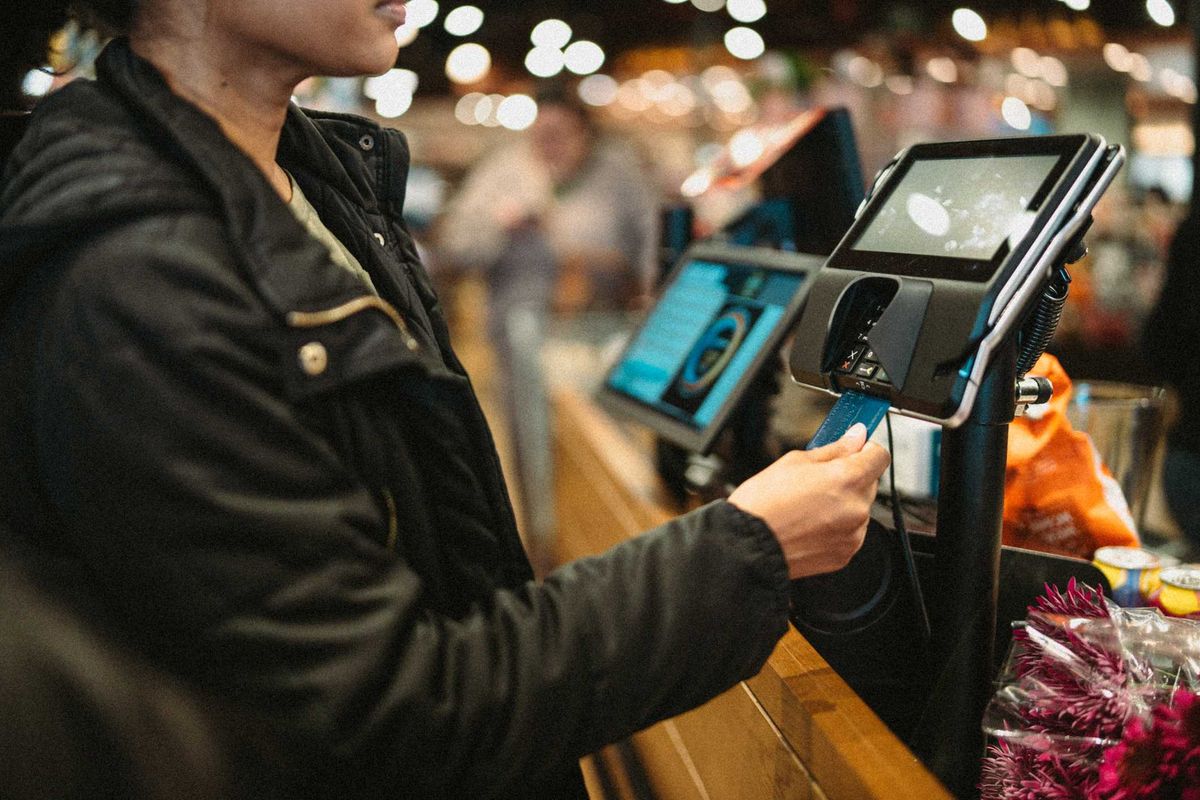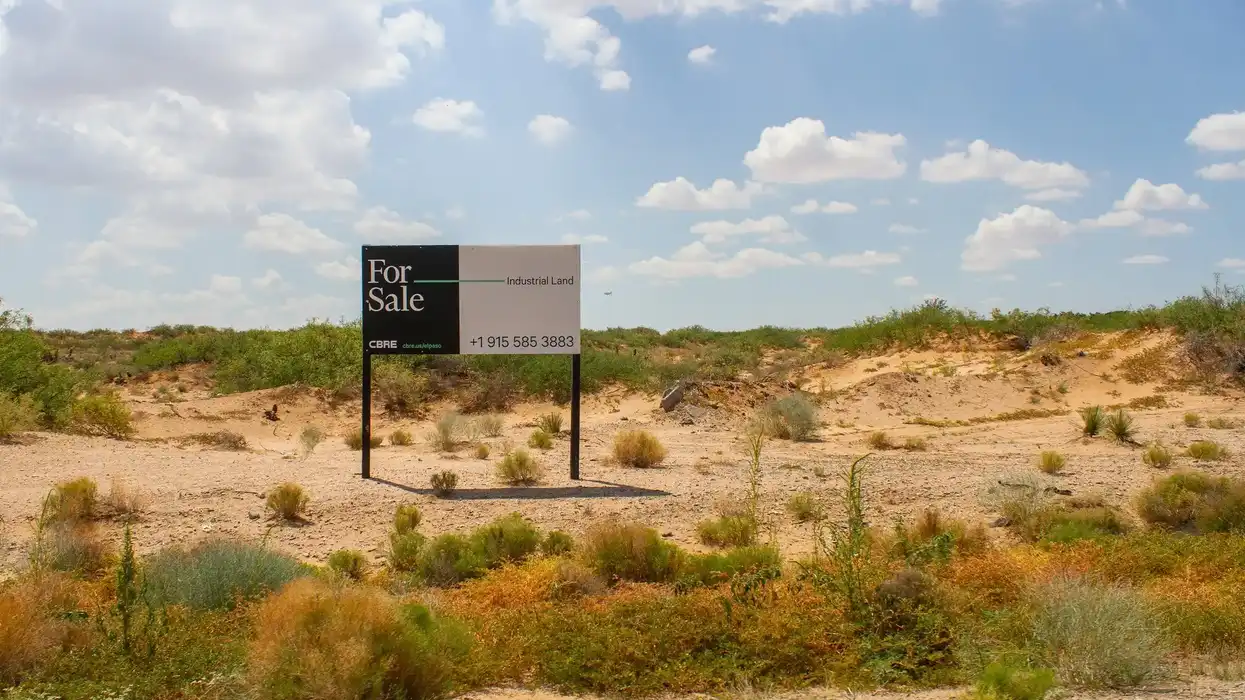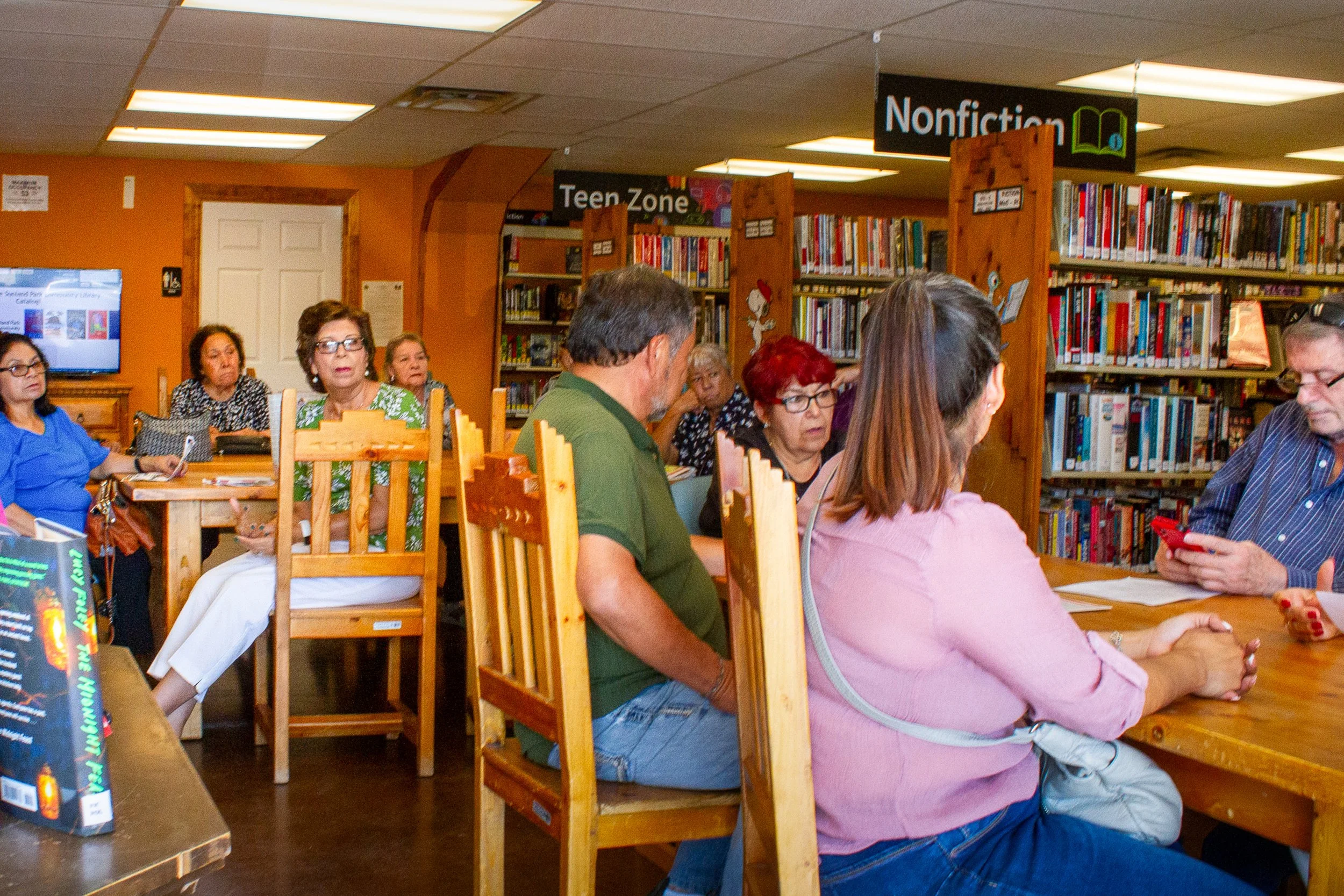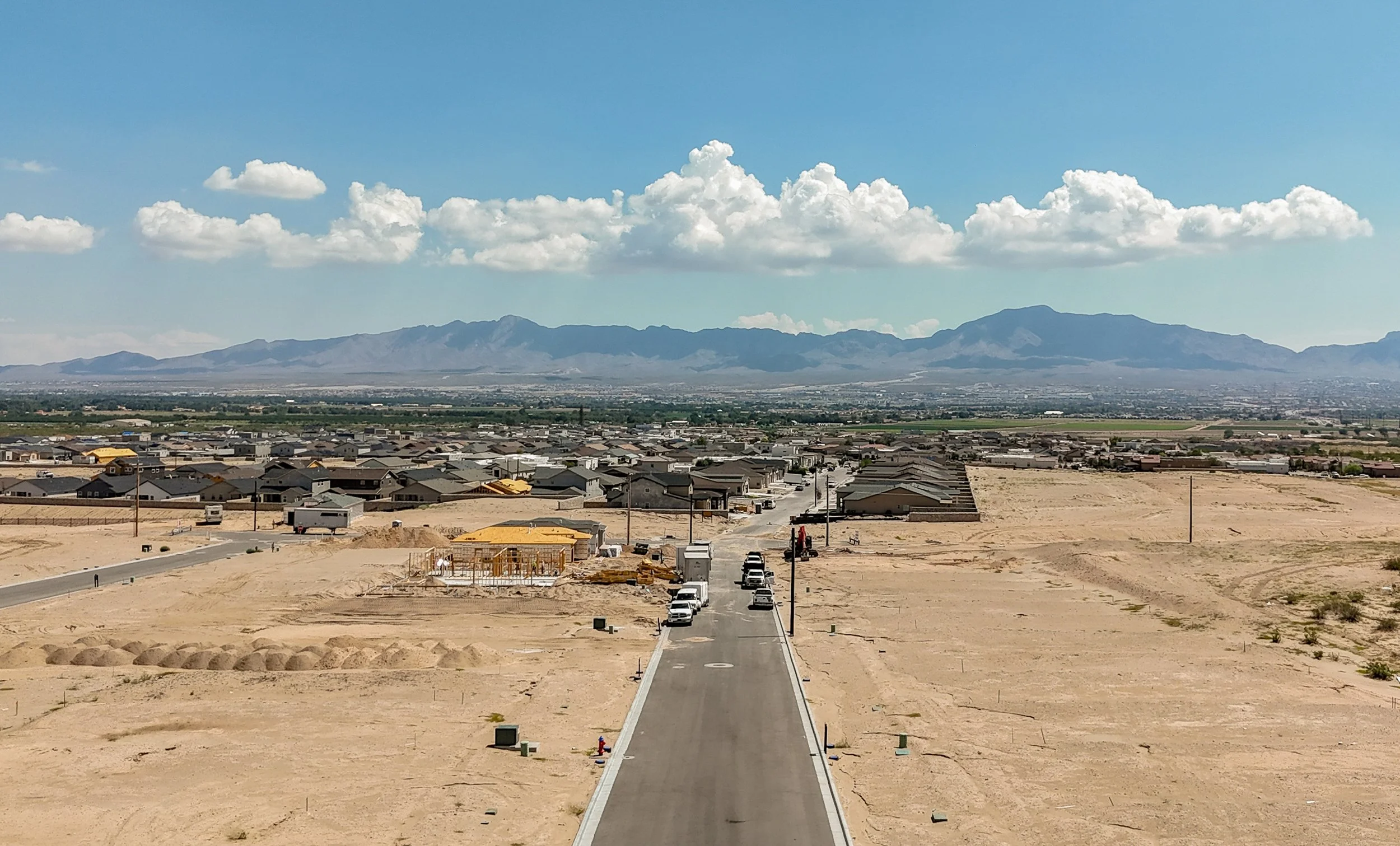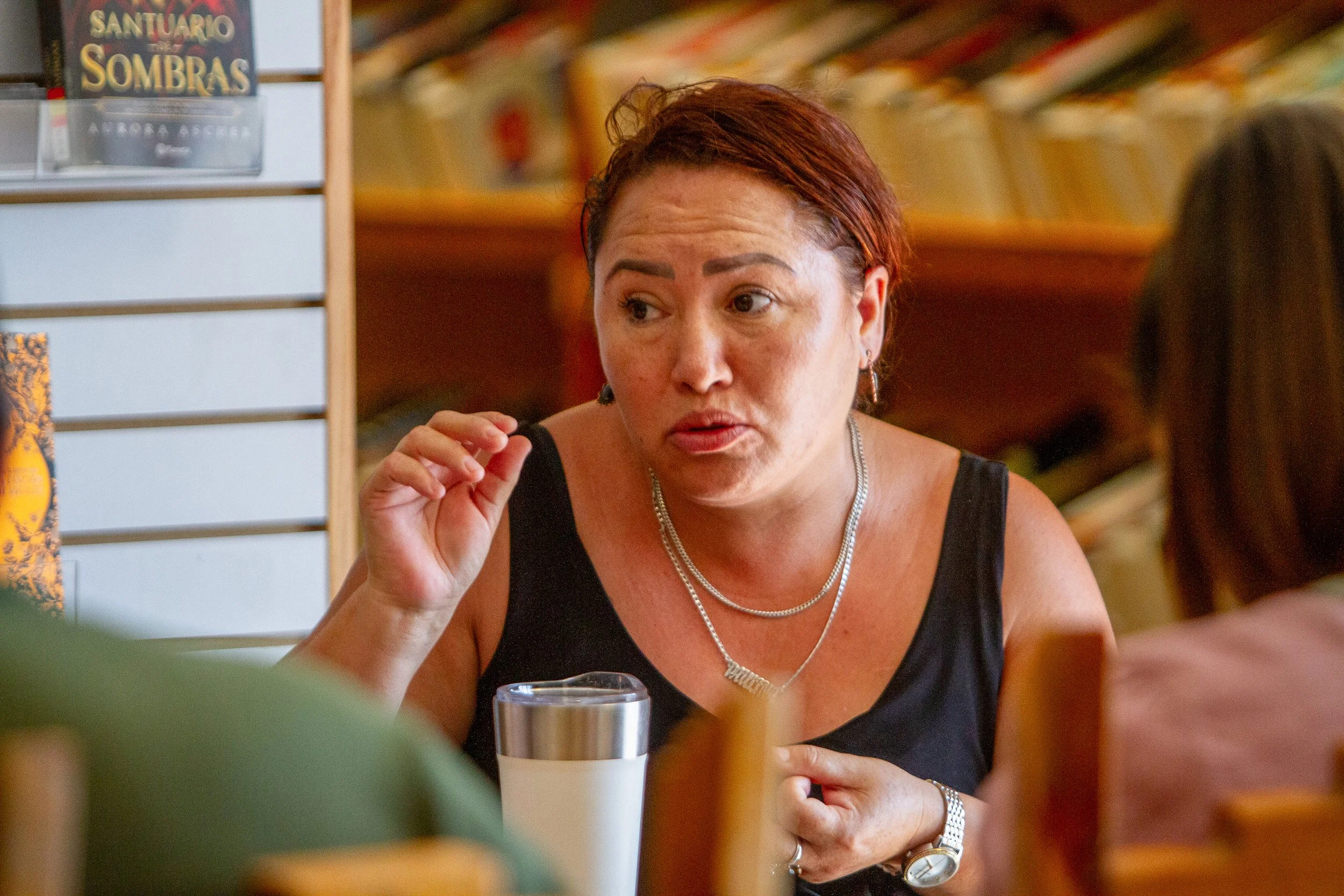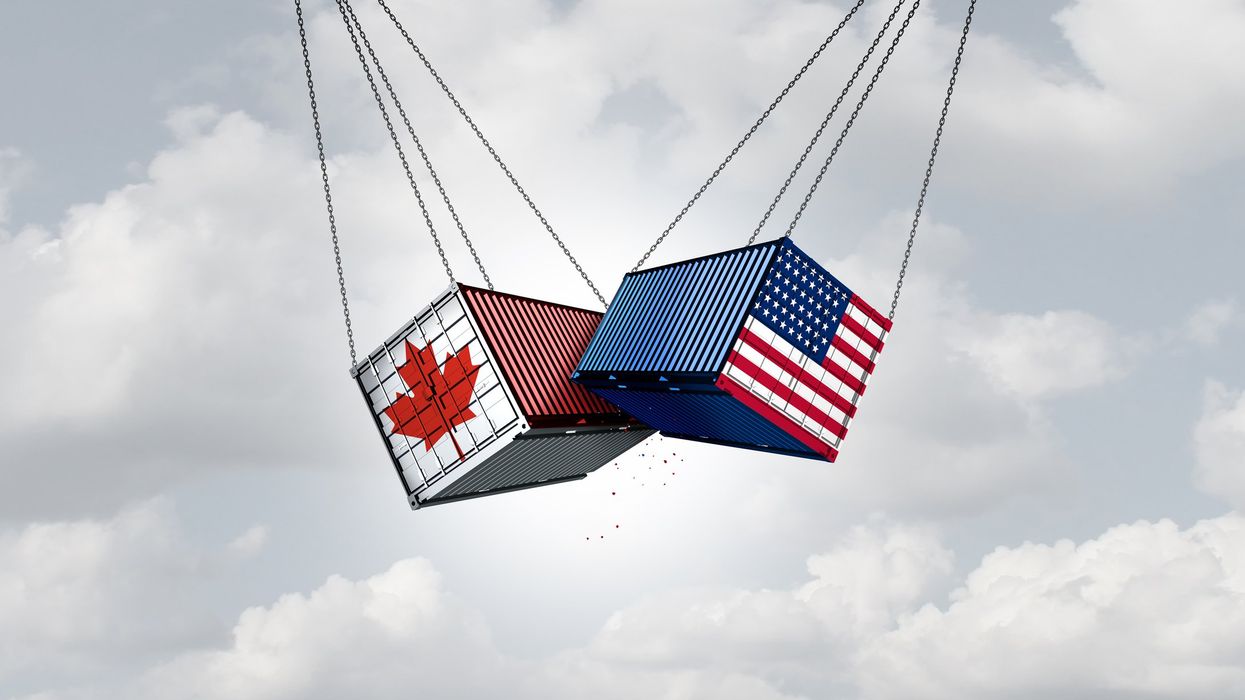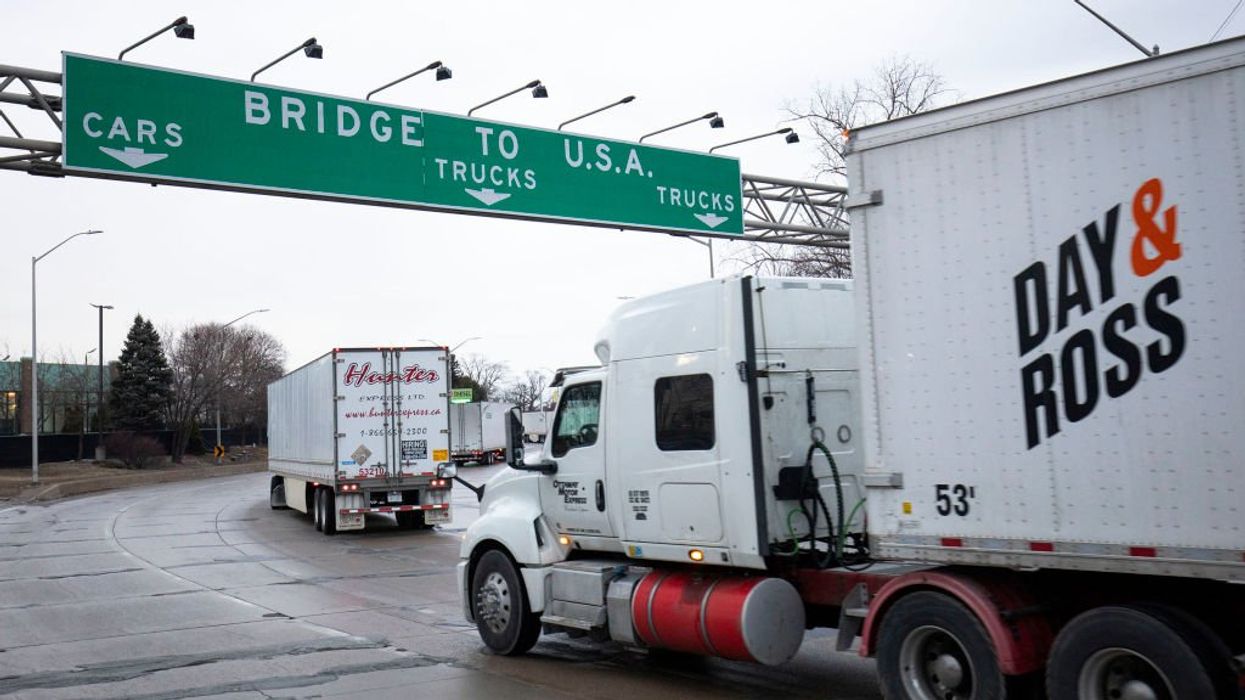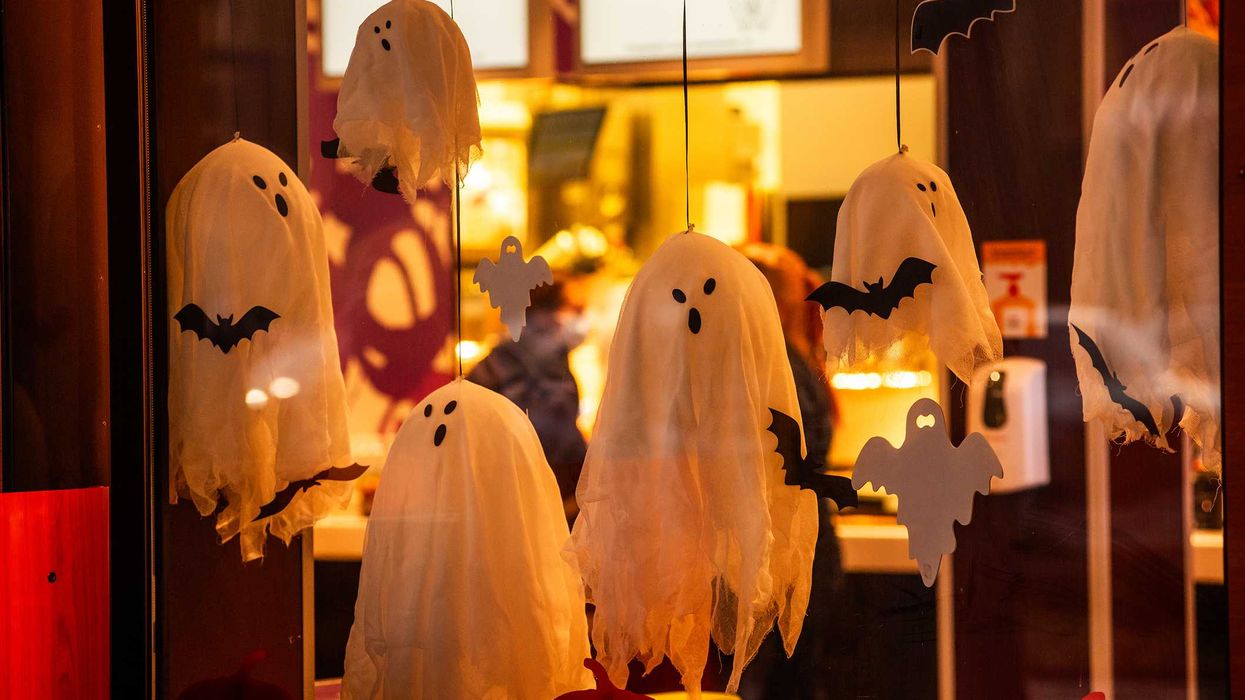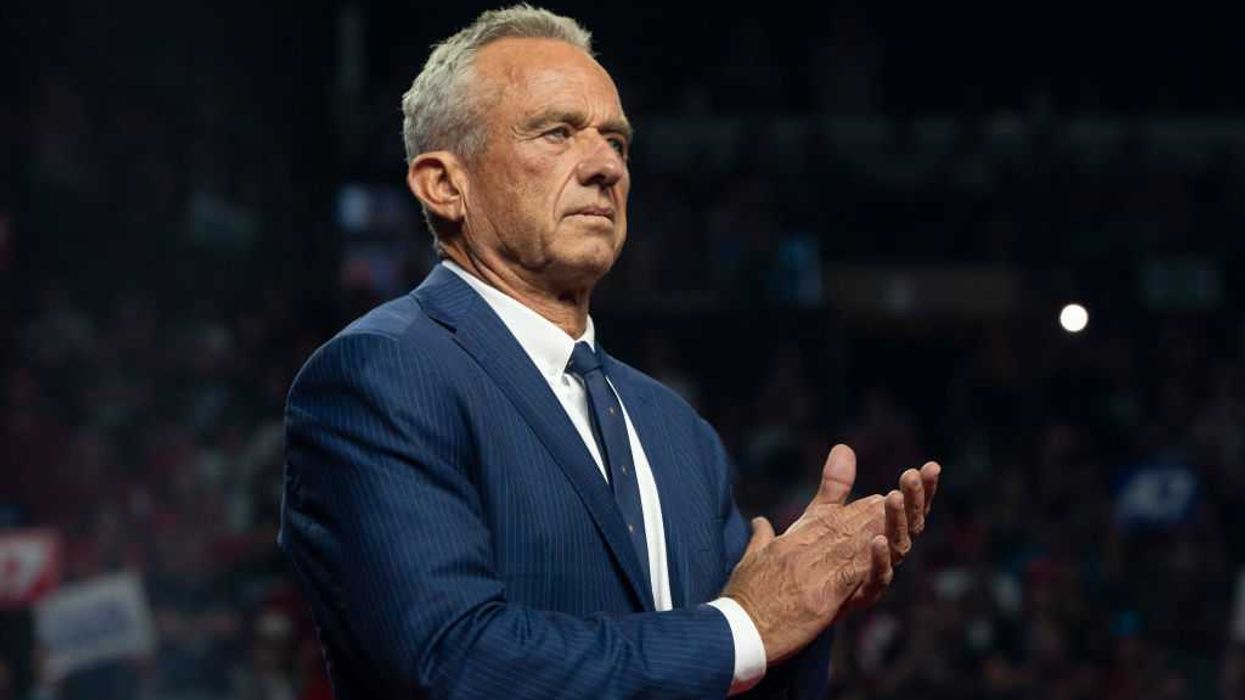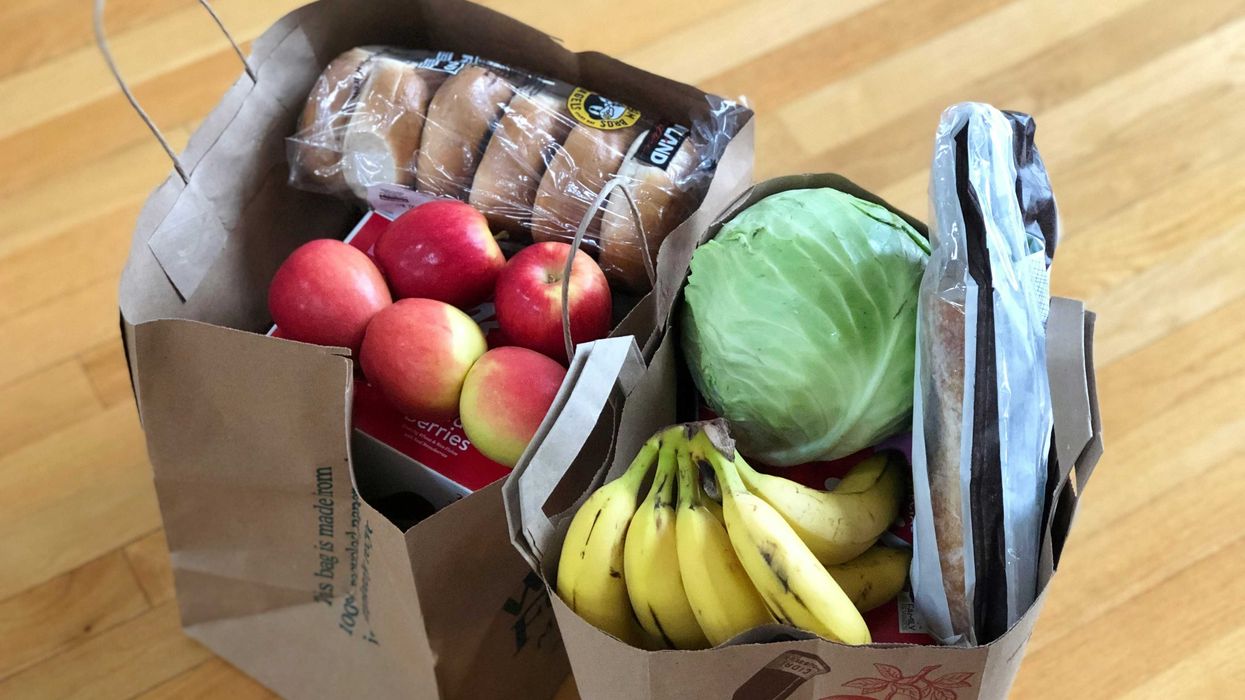This is the 10th in a series of articles examining changes to voting laws in every state.
The ongoing election evolution in the United States, while in large part catalyzed by the Covid-19 pandemic, has been building momentum for years.
Many states were already undergoing major overhauls to their election systems leading up to the 2020 election, even before the pandemic gripped the nation. And in the aftermath of the presidential contest, states have doubled down on voting reforms.
To provide a comprehensive analysis of the voting law changes in every state and Washington, D.C., since 2019, The Fulcrum compiled data from the Voting Rights Lab, the National Conference for State Legislatures, the Brennan Center for Justice, and state statutes and constitutions. This 10th installment focuses on the five least populous states.
There is little uniformity in the way these states addressed elections over the past three years. In Alaska, the focus was on primaries and ballot structure, while North Dakota, South Dakota and Vermont made extensive changes to their elections laws. In Wyoming, the focus was on voter identification.
The chart below provides an overview of how voting practices have changed or remained the same in these states over the past two years. A more detailed explanation of each state's changes follows.
More from Election Evolution:
How the 5 most populous states have overhauled their election systems
How the 5 vote-by-mail states have overhauled their election systems
How 5 swing states have overhauled their election systems
How the 4 early primary states have overhauled their election systems
How 5 Southern states have overhauled their election systems
How blue states have overhauled their election systems, Part I
How blue states have overhauled their election systems, Part II
How red states have overhauled their election systems, Part I
How red states have overhauled their election systems, Part II
Alaska
While Alaska has regularly supported Republican candidates in presidential elections, the state government is divided, resulting in few changes to ballot access laws in recent years.
In response to Covid-19, the Legislature extended Republican Gov. Mike Dunleavy’s 30-day coronavirus disaster declaration. This decision allowed the state to conduct the 2020 elections entirely by mail and implement emergency voting measures. However, these measures expired on Nov. 15, 2021.
Voters did approve a massive overhaul to the voting process in 2020, eliminating partisan primaries for state and congressional races and implementing ranked-choice voting for congressional races. The package also created new campaign finance disclosure rules for legislative and local races.
In late December 2021, Gov. Dunleavy announced his intention to pursue sweeping election and voting reform bills in the first 30 days of the upcoming legislative session.
North Dakota
As a rural midwestern state, North Dakota maintains a reputation as one of the most reliably conservative states in the country and the GOP currently controls the governor’s seat as well as the Legislative Assembly. It has the unique status of being the only state that does not require voters to register in order to cast a ballot.
Over the past three years, there have been several changes made in election legislation throughout the state. Although most changes have been relatively minor, two of the more significant laws, both passed in 2021, focused on election crimes.
The first amended a previous law to prohibit people from engaging in a number of election deceptions, including providing false returns or destroying election-related materials. It also provides punishments for those who destroy ballots, ballot boxes, election lists, or other election supplies except as provided by law, or negatively impact the confidentiality, integrity or availability of any system used for voting.
Another bill makes it a crime for state and local election officials to solicit or accept outside funding, such as grants or donations, for elections operations or administration.
The state made a number of changes related to absentee voting in 2021:
- Election officials are prohibited from mailing absentee ballots to voters who have not requested them in jurisdictions that do not conduct elections primarily by mail.
- Whereas election officials could previously mail absentee ballot applications to all registered voters, they may now only do so in areas that primarily vote by mail — and only to active voters and those eligible to vote for the first time.
- Any voter using an absentee ballot may receive it by electronic delivery. Previously, that permission only applied to military and overseas civilian voters.
- Visually impaired voters are allowed to request an absentee ballot they may mark and return electronically.
- A new process was created for correcting mismatched signatures on absentee ballots. Election officials must first attempt to contact voters by phone and, if unable to speak with the voter, by mail. The voter will receive notice of the issue with instructions for how to cure the issue within six days after Election Day. The voter may cure the issue in writing or in person and will need to provide a copy of or present the ID used when applying for the ballot.
- Each county is required to create an absentee ballot precinct to count all absentee ballots cast in the county. Previous law authorized, but did not require, the creation of absentee ballot precincts.
North Dakota also enacted a law that permits state-overseen schools of higher education to provide students with information regarding voter eligibility requirements. And, finally, changes were made to the process for updating the central voter file information.
South Dakota
Much like its neighbor to the north, South Dakota is generally dominated by conservative politics. Throughout the state, there are only five reliably Democratic counties, most of which have predominantly indigenous populations, a stark contrast to the state’s otherwise generally white population. The last seven gubernatorial elections have been won by Republican candidates while the Legislature has been under control of the Republican party for over thirty years.
Over the past three years, there have been several changes made to election laws.
In February 2021, a bill was enacted allowing victims of domestic violence to keep their voter registration information confidential for the sake of their safety. To qualify for the designation, a voter must have a verified active protection order or proof of residence in a domestic violence shelter. Once issued, the designation lasts for five years.
The previous year, the state made it easier for more people to register to vote by allowing the use of identification other than a driver’s license for that purpose of registering to vote. This is significant in a state where many Native Americans use tribal IDs as a primary form of identification.
Other changes to election law include:
- Requiring vote centers and counties that use electronic pollbooks to have paper copies of registration lists.
- Allowing future consideration for allowing people to change their voter registration information online.
- Revisions to the requirements for maintenance of and public access to voter registration data.
A 2019 law, requiring people who circulate petitions for ballot initiatives to register with the state and provide certain personal information, was ruled unconstitutional by a federal judge.
Vermont
While Vermont has reliably voted blue in presidential elections since 1992, it’s currently led by a Republican, Gov. Phil Scott, who has worked with the Democratic-led Legislature to implement an array of expansive voting rights laws in recent years.
In response to Covid-19, a law was passed allowing the secretary of state to order appropriate election procedures to protect the safety of voters and poll workers. Many of the short-term practices were included in a 2021 law that made permanent changes to Vermont elections.
That state wide-ranging bill included a number of provisions making it easier for people to vote.
- Most notably, it established a vote-by-mail system in 2021 for all general elections. All registered voters will receive mail-in ballots, accompanied by return envelopes with prepaid postage, by Oct. 1.
- The law also authorized the use of drop boxes, which must be available around the clock (with video surveillance) beginning 43 days before an election and through the day before Election Day.
- Verification of absentee ballots must begin 30 days before Election Day.
- A statewide notice and curing process was created for ballots with errors. Clerks must inform voters of a ballot defect and the right to correct the error the next business day. If a ballot is rejected within five days of Election Day, clerks are required to notify the voter as soon as possible. Voters may only correct a defective ballot twice in a single election.
- Election officials are also permitted to set up outdoor and drive-through polling stations.
- Officials must count the ballot that is received first if a voter returns both their originally mailed ballot and a replacement ballot.
- Municipal legislative bodies and school boards using the Australian ballot system may mail ballots to all registered voters for their elections.
- The secretary of state must consult with municipalities on improving voter access for non-English speakers and provide recommendations.
The same law prohibits candidates and paid campaign staff from delivering ballots on behalf of anyone outside their immediate families. And no person, other than a justice of the peace, may deliver more than 25 ballots. Previously, there was no cap on the number of ballots an individual could drop off.
In addition, the state enacted a law in 2019 authorizing the secretary of state to expand the list of agencies providing automatic voter registration services.
That law also permitted electronic delivery of absentee ballots to voters with disabilities or who are ill/injured and allowed clerks to accept emergency absentee ballots after the deadline.
Wyoming
Wyoming, under unified GOP control and a reliable supporter of Republican presidential candidates, focused on voter identification when revising its election procedures over the past three years.
In 2021, the Legislature implemented a voter identification law, requiring voters to present a valid form of ID prior to voting on Election Day. Under the previous law, the state only required voters to present an ID while registering to vote and not while casting a ballot. The new law also requires people without an ID to vote by provisional ballot, which officials can designate as grounds to challenge the vote.
In 2020, the state eased voting for Native Americans by allowing tribal identification cards to be used for voter registration.
Other voting changes include:
- The state authorized the establishment of satellite absentee polling locations.
- Votes must now be counted at a central location.
- The creation of a permanent account to pay for election-related expenditures.

